High force waterfall
During our holiday in the North East of England we visited the High Force waterfall in Forest-in-teesdale.
After parking the car in the gift shop car park and purchasing our tickets, we walked down the graveled path to the waterfall which is about 400 yards or so from the car park.
High force waterfall pictures
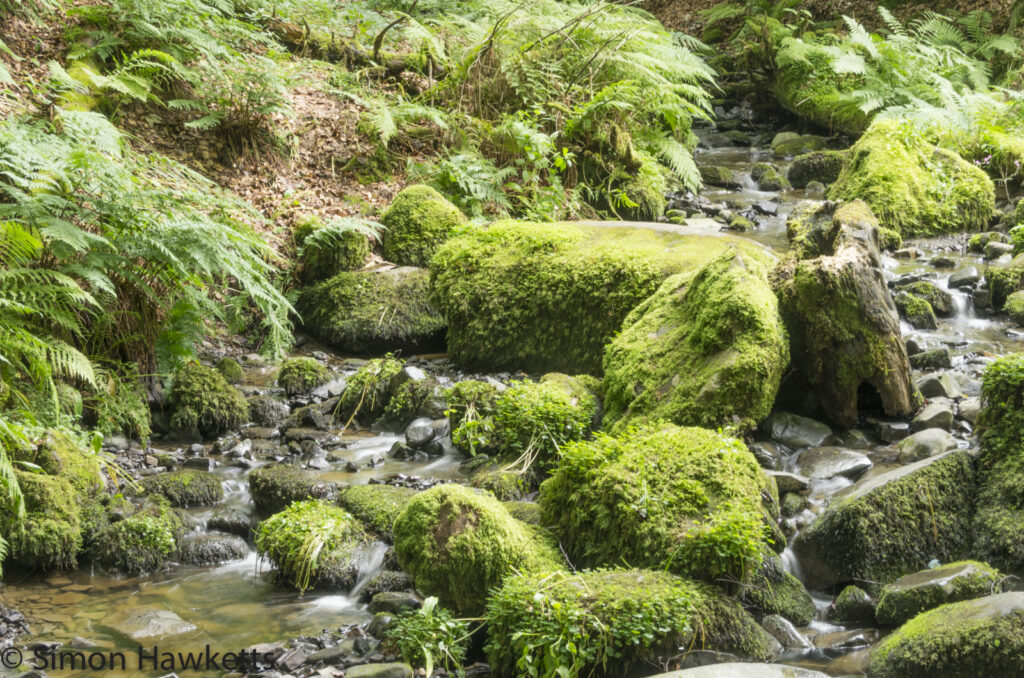
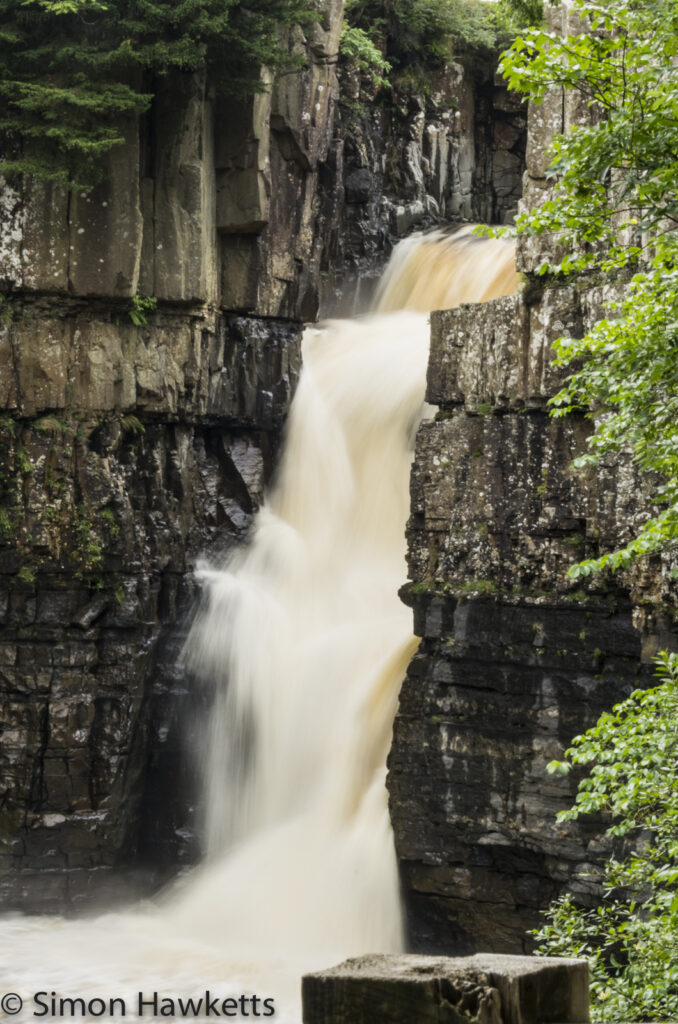
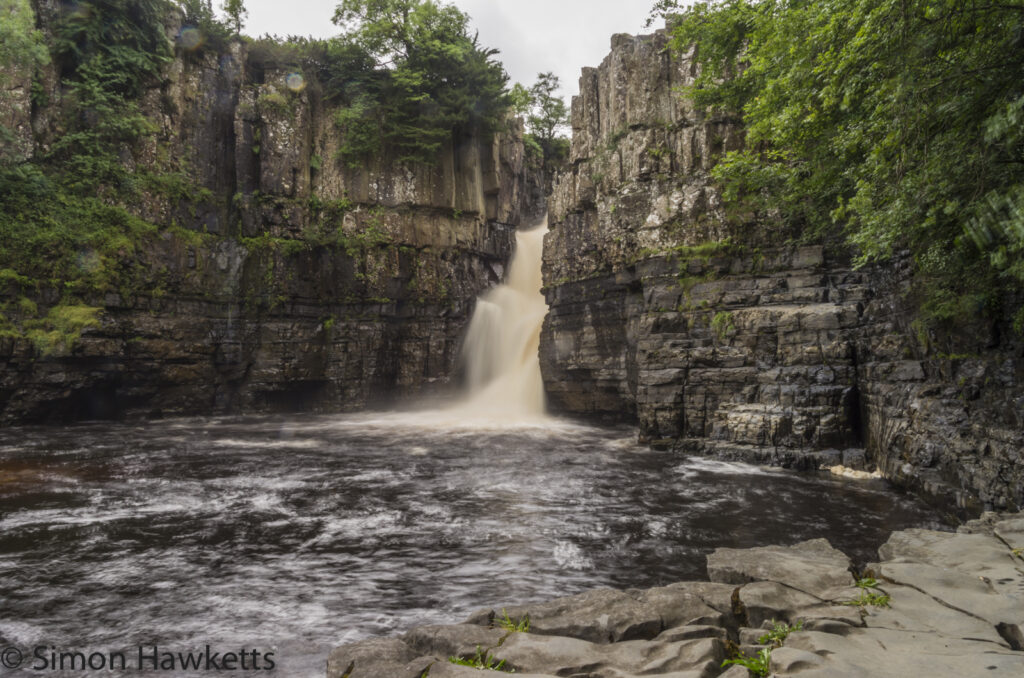
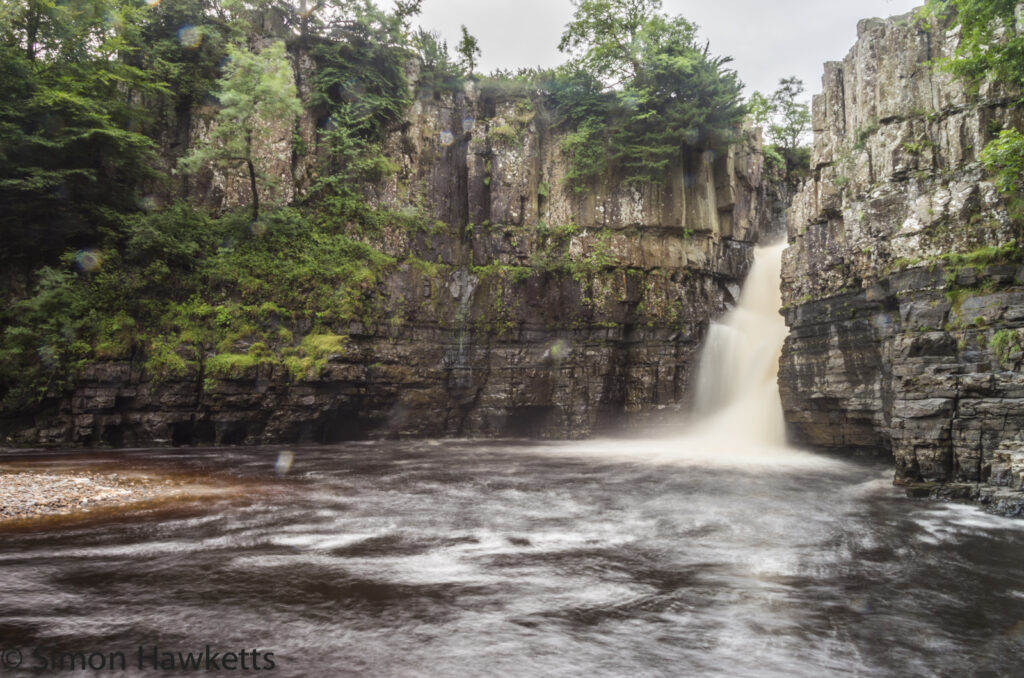
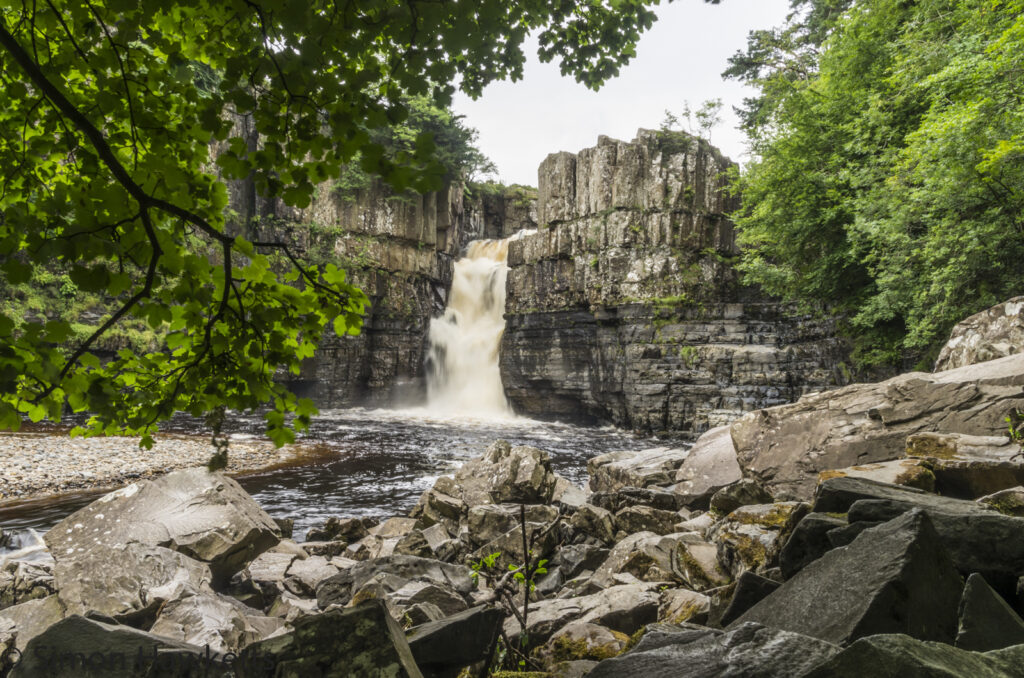
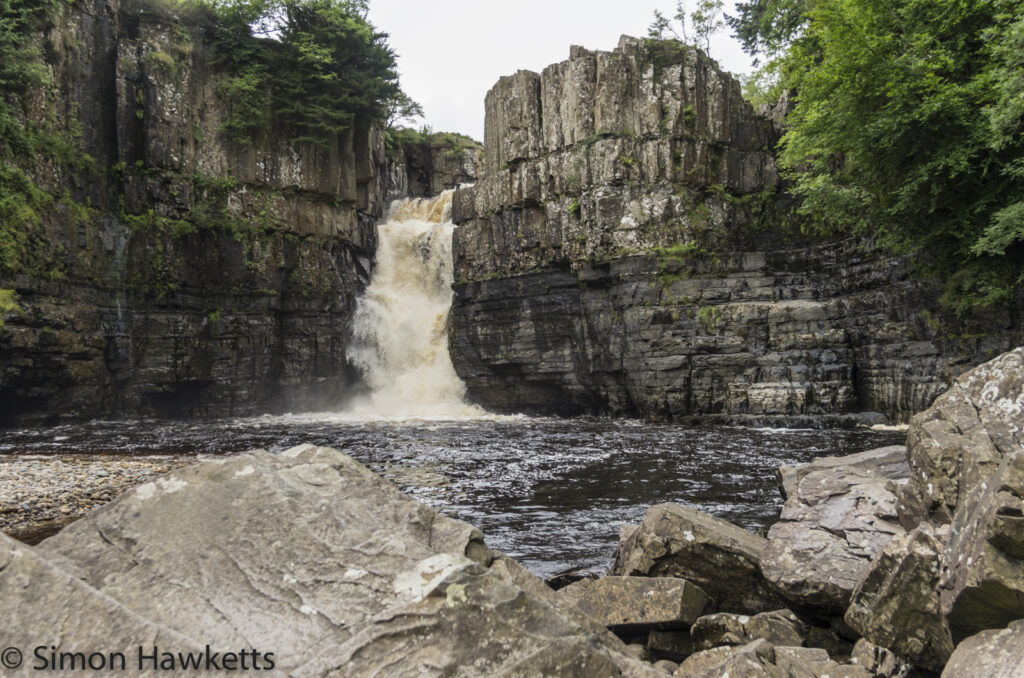
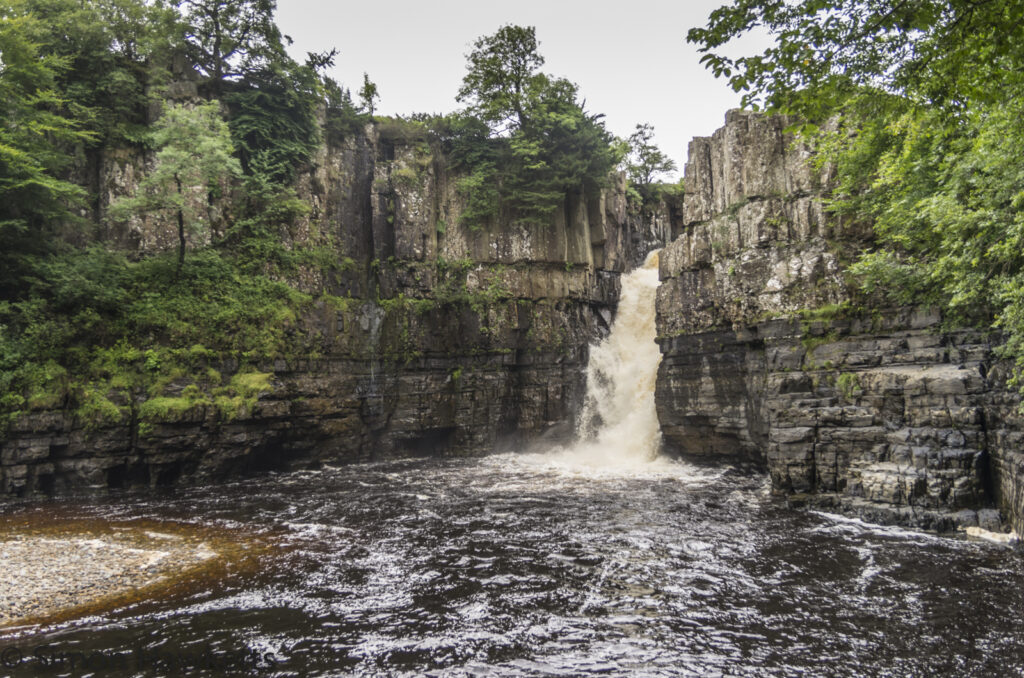
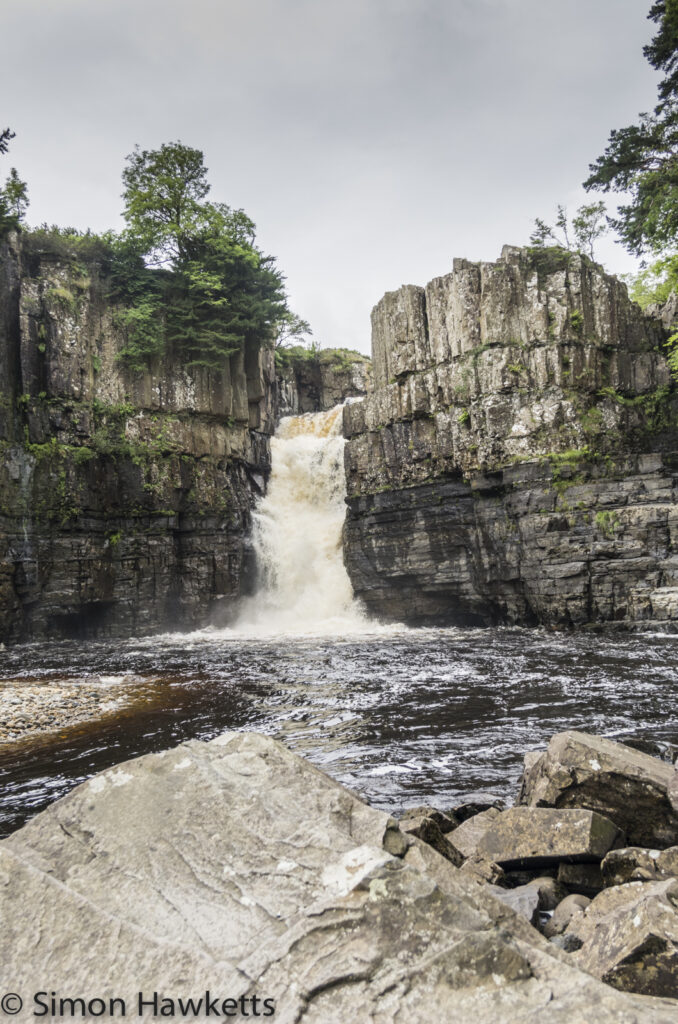

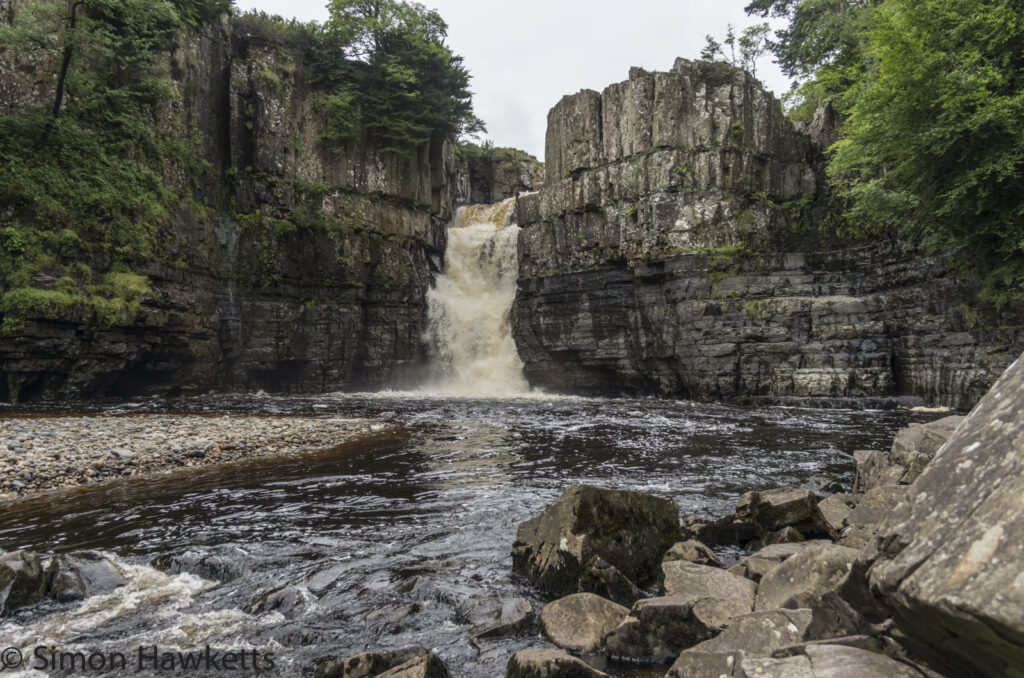
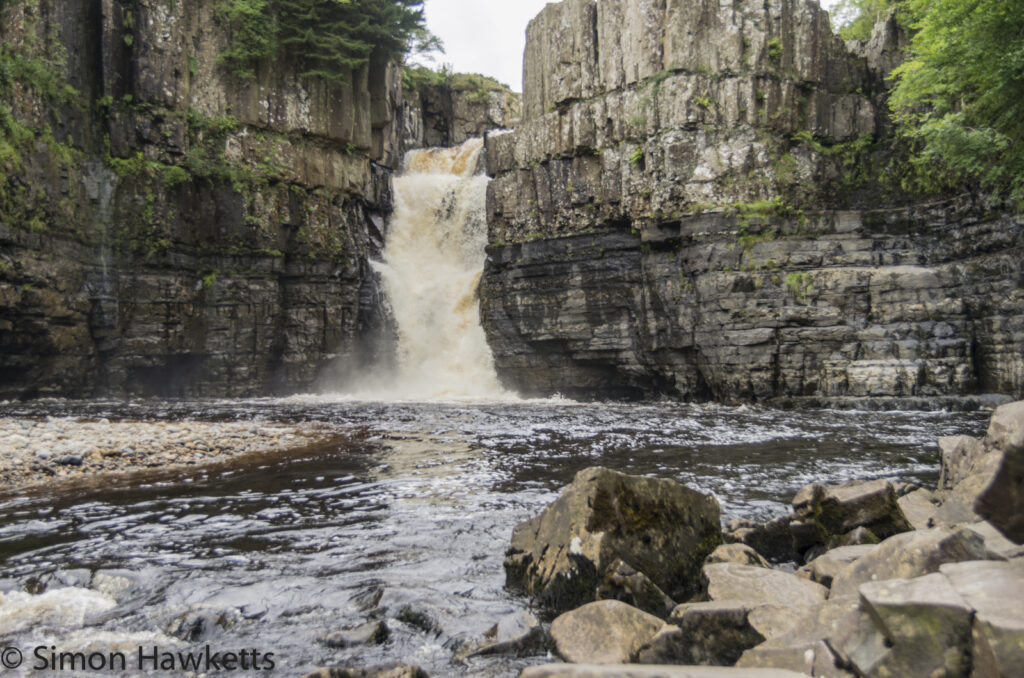
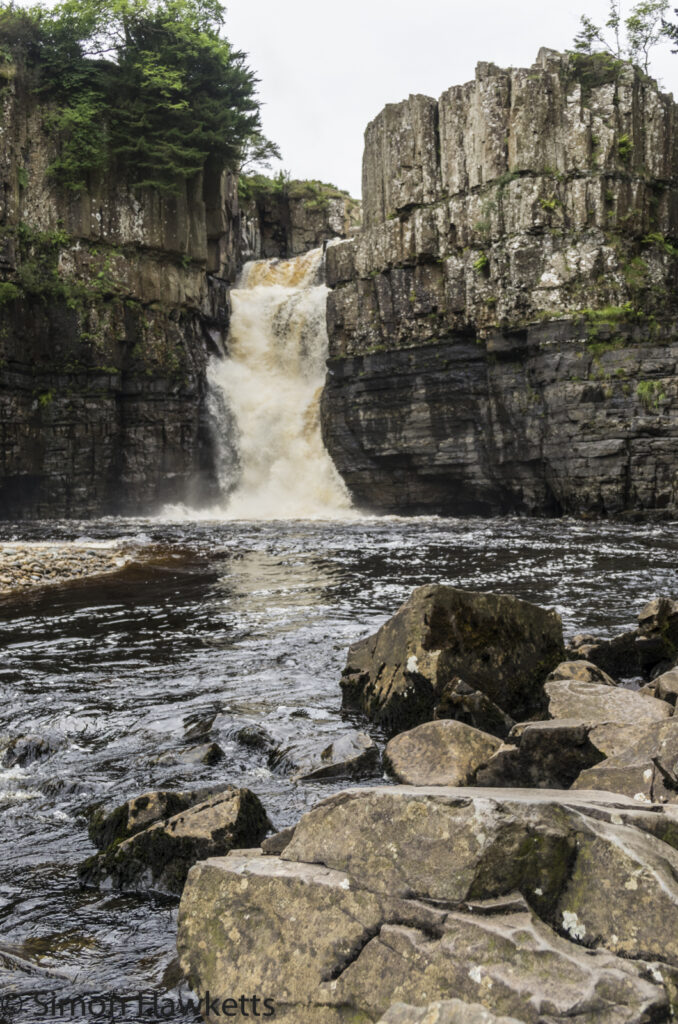
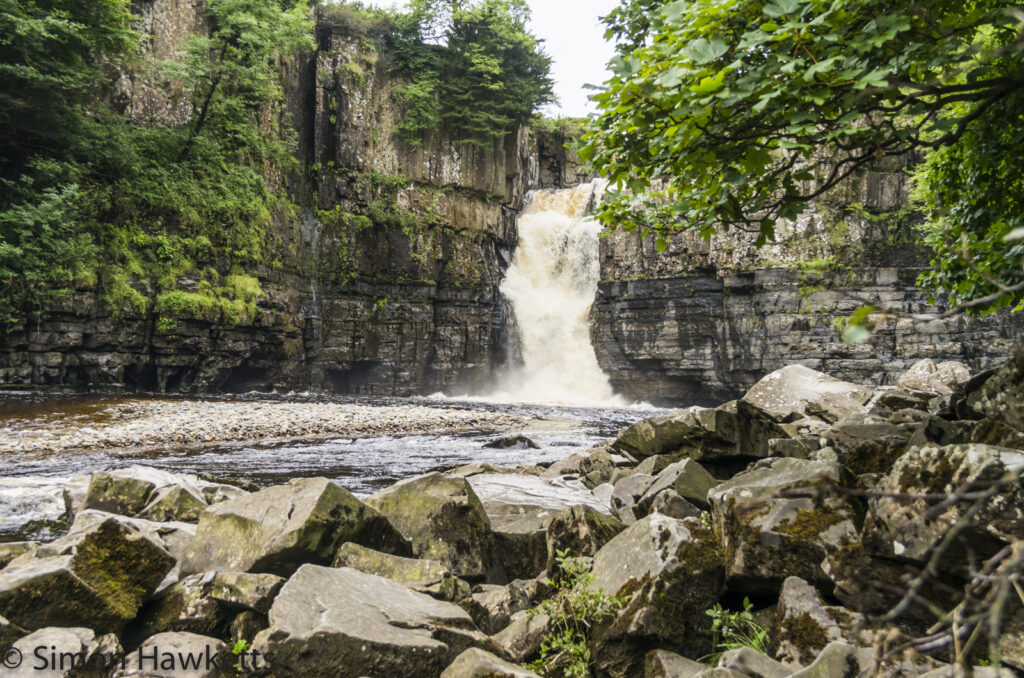
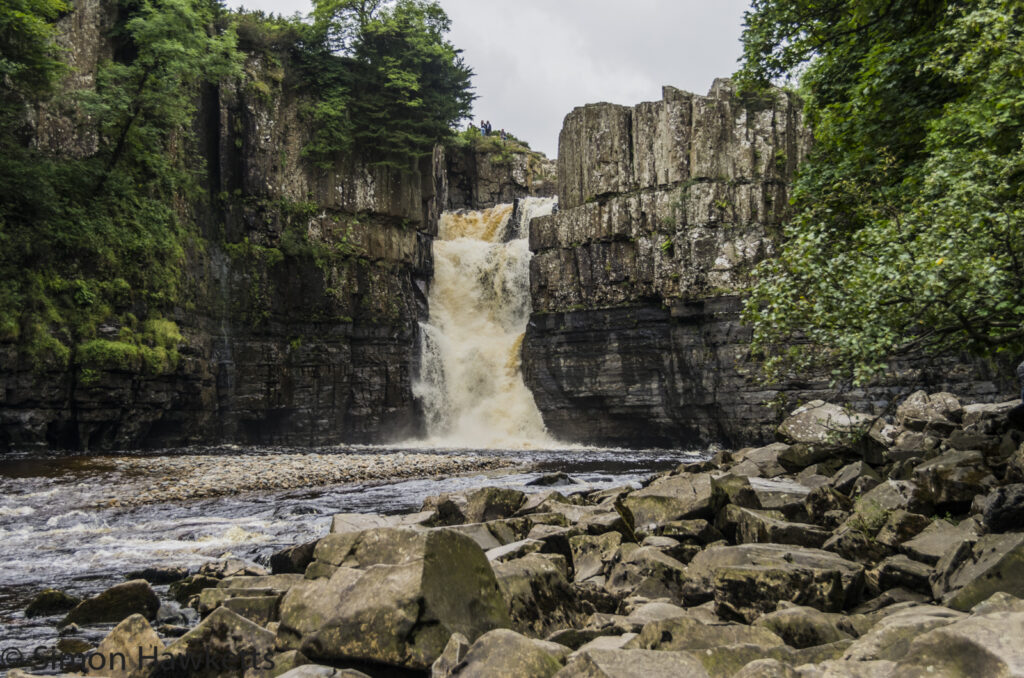
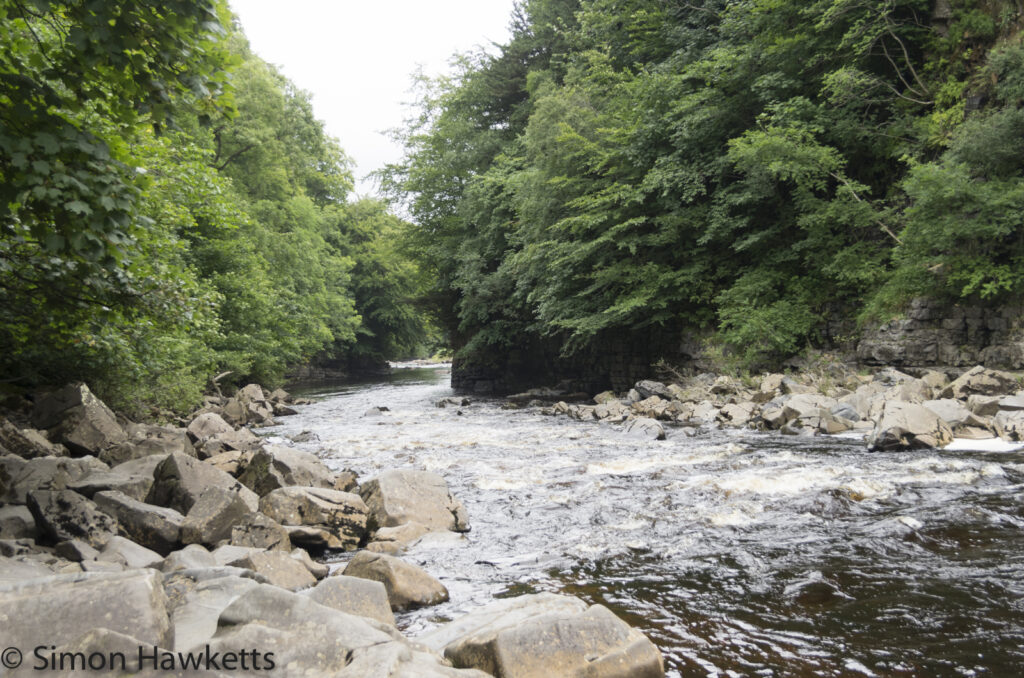
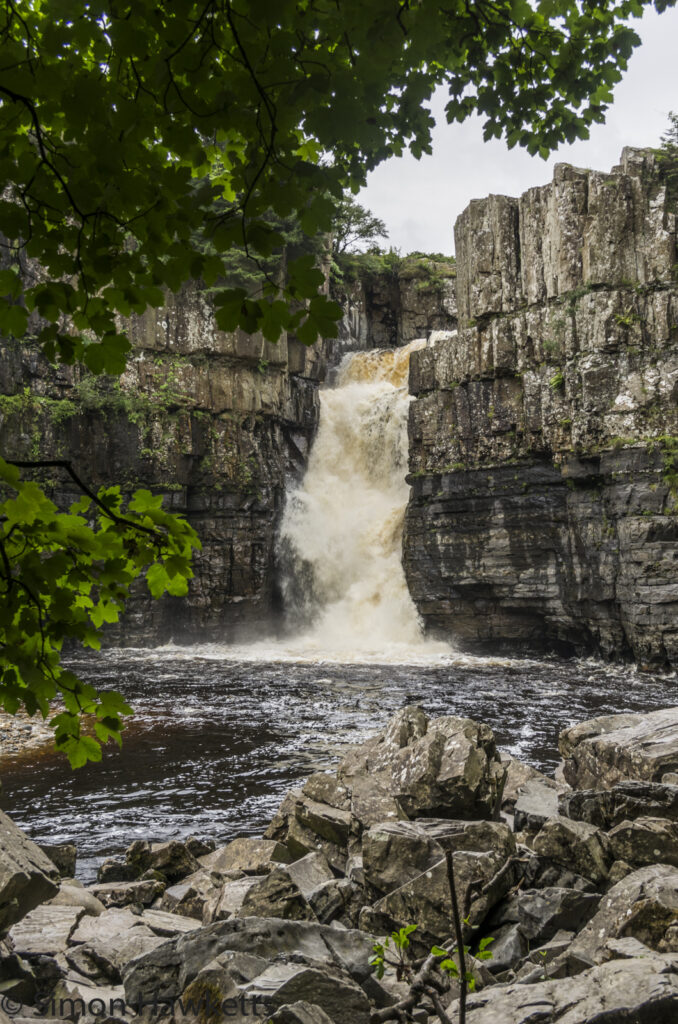
I had taken my Pentax K-5 with me along with a Sigma 18-125mm HSM zoom and Tamron 10-24mm super wide angle zoom. I’d also taken my tripod and a selection of ND filters so I could try to take some long exposure shots of the waterfall to get the smooth, glassy look which I’ve seen in so many great shots.
At the end of the graveled path, the waterfall itself is reached through a small gate, but we could hear the roar of the water from 50 yards or so away.
The first thing I noticed when we arrived was a small rock platform to the right of the waterfall which I thought would make a great place to set up my tripod and try a few shots. It wasn’t difficult to reach the platform, and fortunately it wasn’t wet, so I made my way across and set the tripod down and proceeded to frame up a shot of the waterfall.
The light levels weren’t great since it was quite a dull morning, but even so I needed to add ND filters to get a long exposure even with the Sigma set to F/22.
I experimented with several durations of exposure from half a second to 4 seconds. This is the first time I’d ever tried this technique and I was worried that even on a tripod I would get camera shake which would ruin the effect. I set the shutter to Mirror Lockup to try to reduce the shake added by the mirror movement (lock up mode makes the camera shutter work with a two press action – the first press lifts the mirror, the second press takes the exposure).
As it turns out the shots didn’t suffer from camera shake, but did suffer in a couple of ways which I only discovered once I got back to our holiday cottage. After I’d imported the shots into Lightroom (running on my Hackintosh HP laptop), I discovered that the longer exposures were under exposed.
I think this is a result of reciprocity breakdown where the relationship between aperture and shutter speed, which is a straight line for ‘normal’ exposure settings, becomes non-linear as the shutter speed is increased. I had exposed these images using aperture priority on the K5, but I think I would have been better to have measured the light with my Gossen Digipro F and then calculated for the ND filter and added a percentage for the reciprocity breakdown. At least, that’s what I’ll do next time I take a similar shot.
The other thing which I discovered which was a bit of a problem was that the waterfall itself wasn’t really an ideal subject for this type of shot. I think the water is too fast flowing to properly produce the glassy effect I was looking for. Instead, the effect was too poorly defined with individual shoots of water producing a misty look to the images. Still it was interesting to try.
After trying this technique, I tried some different locations around the waterfall and in total took about 75 images. The shots here are my favorite pictures of that day. As usual, click on the images for better quality, bigger versions.

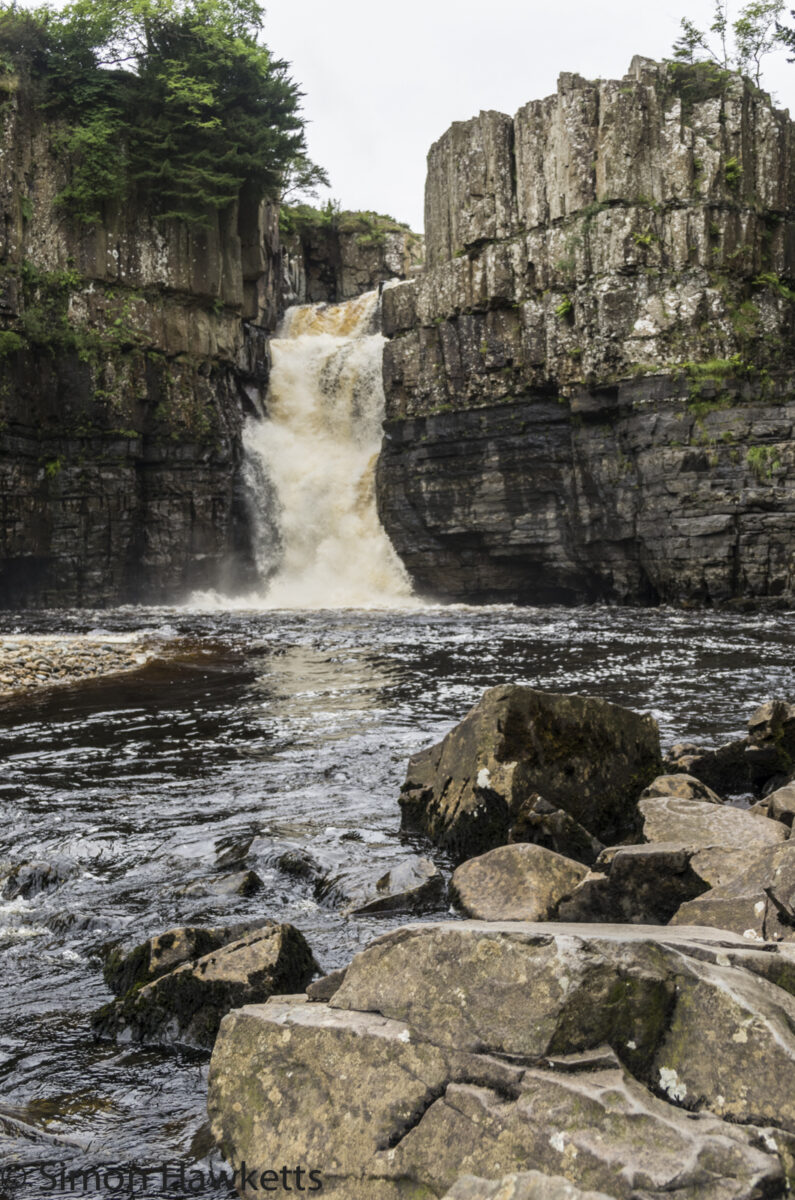
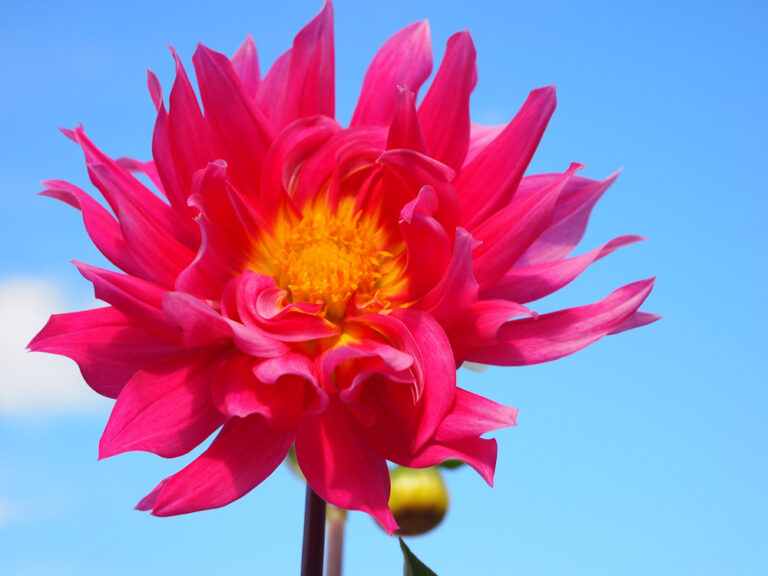

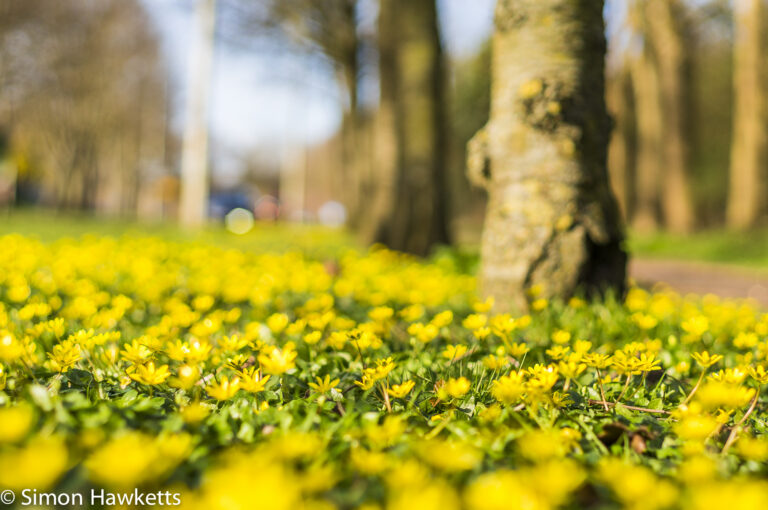


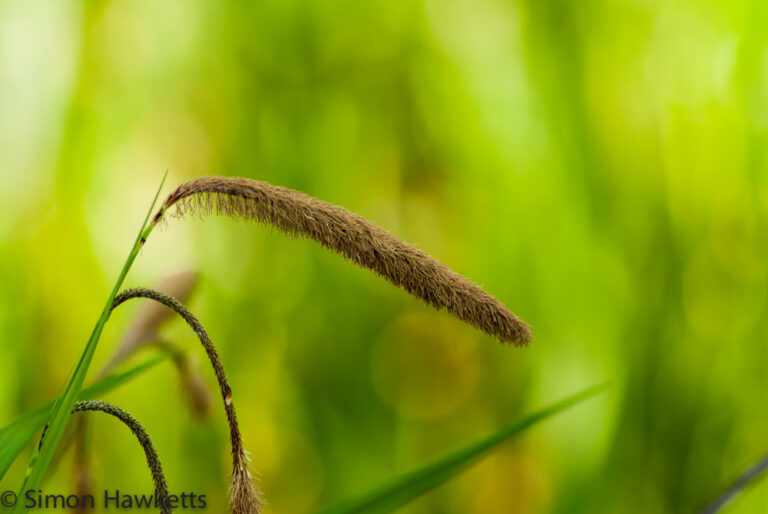
[…] High force waterfall (simonhawketts.wordpress.com) […]
[…] was quite a dull and grey day when we arrived at Raby Castle, having spent the morning at the High Force Waterfall and I thought most of the pictures I took would not be very attractive. However by the afternoon […]